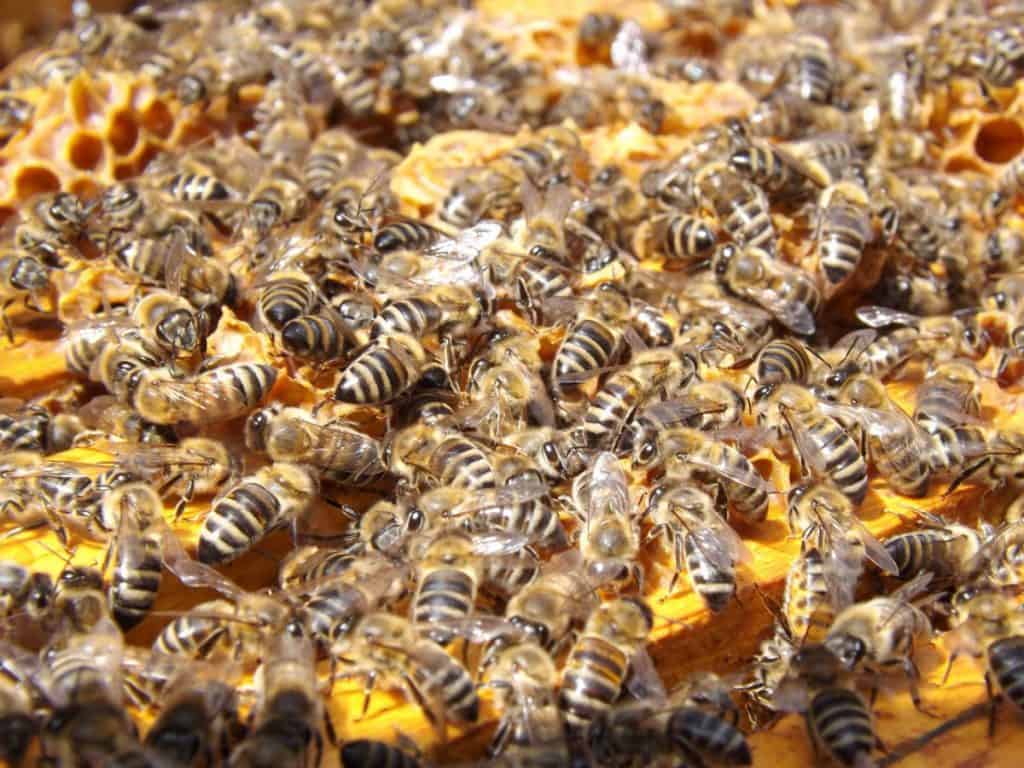
What is the largest insect swarm?
The largest insect swarm is a swarm of locusts. A swarm of locusts once covered a two hundred square-kilometer area in 1954. As a matter of fact, not many people know that locusts are the most infamous of all insect swarms. A group or swarm of locusts is called collectively as a plague.
If you enjoy reading this article, why not check out our articles on What is the Rarest Bug in the World? and Where Do Cockroaches Lay Their Eggs?
The Dominance Of Insects
The largest swarms in the world are made up of insects. Making up about eighty percent of the species of the world, insects do seem to rule the world. At any given time, there are about ten quintillion insects individually thriving. To compare, there are approximately 7.4-billion human beings that live currently on Earth. This says a lot about the dominance of insects.
What insects come in swarms?
As if it was not enough that there are ten quintillion worldwide distributed insects, there are some locations around the planet where these insects gather in sizable chunks in one region or place, forming a mammoth swarm. These impressively stupendous swarms can also cause devastation. The dominance of tiny insects in a swarm have a population number of much more than the number of human beings on earth, believe it or not.
Here are a few of the world’s biggest swarms.
A Locust Plague
The term plague comes from the passage in the Bible when Yahweh unleashed a locust plague upon Egypt to punish them for making the Israelites their slaves.
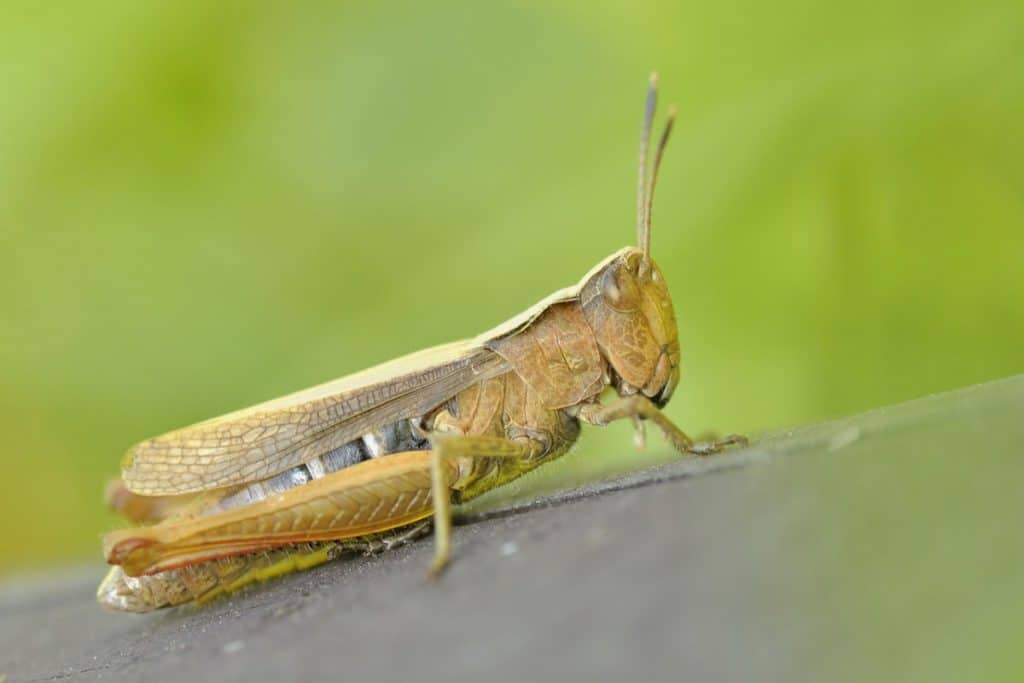
Naturally, a locust plague in modern times is severely destructive. Unlike cicadas and mayflies, who are more interested in reproduction than food, locusts are extremely destructive to crops. The reason is that locusts devour everything in their path due to hunger. This is compounded by the fact that the earth’s biggest swarms happen to be, you guessed it, locusts.
The Swarming Mayflies
Practically synonymous with swarming, mayflies spend almost their entire lives underwater as aquatic nymphs. In general, you will only see Mayflies swarm in their adult forms. However, they blanket the entire sky and landscape when they do swarm.
Like seasonal cicadas emerging in large groups from the earth in the warmer months each year, mayflies come from streams, rivers, and lakes and emerge in great numbers.
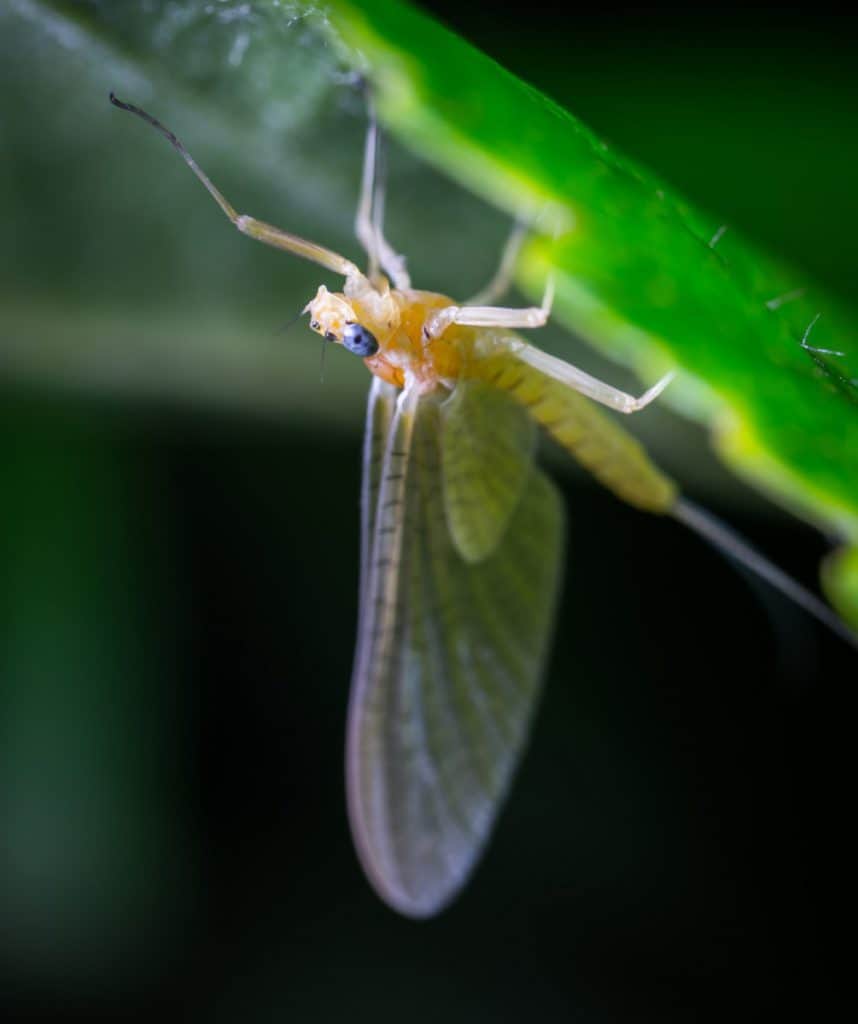
Their adult version does not have mouthparts and thus are unable to destroy crops, as they cannot feed. Rather, they exist solely to reproduce and then pass away, which again, isn’t unlike the life cycle of an adult cicada.
Every year in North America, the Hexagenia Limbata species hatch in large numbers. When these hatches, mayflies in total numbers can be seen in groups of eighteen trillion. That is more than three thousand times the number of human beings on the planet!
Did you know that Mayflies live the shortest of any bug? Check out our article about it: Which Bugs Live the Shortest?
Colonies of Ants
There is no question that ants form giant swarms. It is the complexity of ants that makes their swarm truly impressive. Ants typically form colonies consisting of more than a million individual ants. With the help of global transportation and human beings, various ant species have taken the next step up in colonialism.
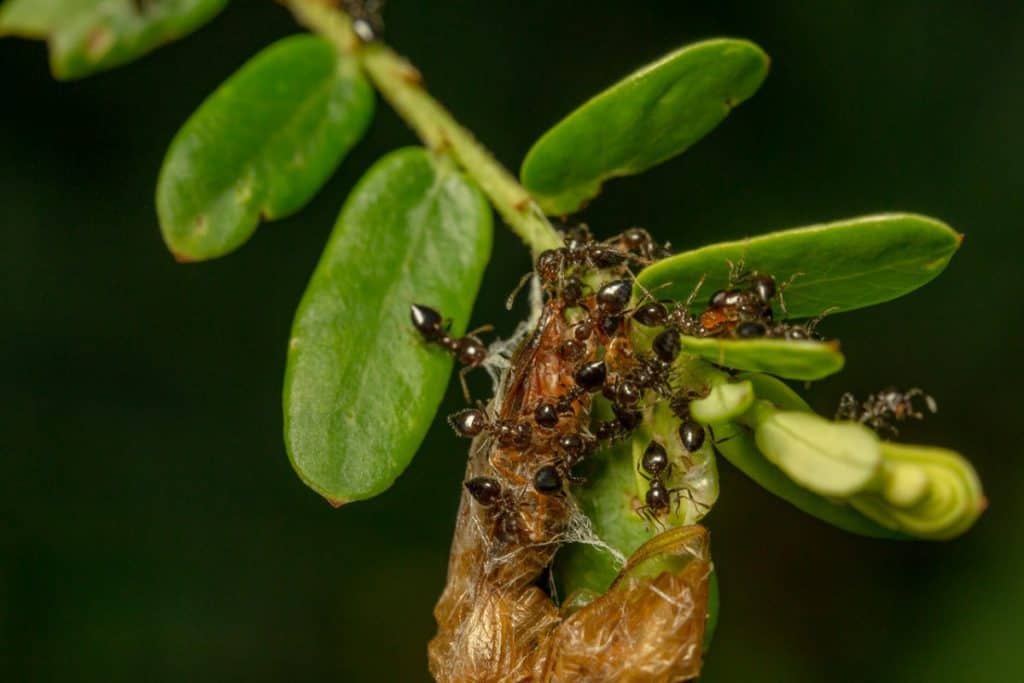
Which ants come into swarms?
Not unlike human beings’ colonies and empires. ants have built their own version of empires across the globe. These are known as supercolonies. For example, nearly every continent contains Argentinian ants, which have spread all the way to Hawaii as well as New Zealand, Australia, Japan, Europe, North and South America. One Argentine ant supercolony has encompassed almost six thousand kilometers in the region of the Mediterranean.
Are ants swarms dangerous?
For human beings and native species, this can be a huge problem, particularly if the species of ants show aggression. Species of invasive ants like yellow crazy ants, red fire ants, and Argentine ants are okay in their natural territory. However, outside their local range, they tend to invade human homes in large numbers and devour the native ant species.
Warm-Weather Cicadas
In the heat of summer, cicadas are considered to be warm-weather insects. The reason is that in the world’s more temperate parts, some cicada species live beneath the ground for more than ten years until they reproduce and emerge in the warm months.
What temperature do cicadas come out?
In the USA’s northeastern sections, these periodic-cicadas are not unusual. In fact, they can be commonly seen. Every seventeen years, individual cicadas emerge. Thus, cicadas in the summer were born seventeen years before they begin emerging from the earth to become adults. As soon as this occurs, there is an emergence of billions of cicadas simultaneously. Their swarm is loud and impressive. In certain locations, there can sometimes be 1.5million cicadas per acre.
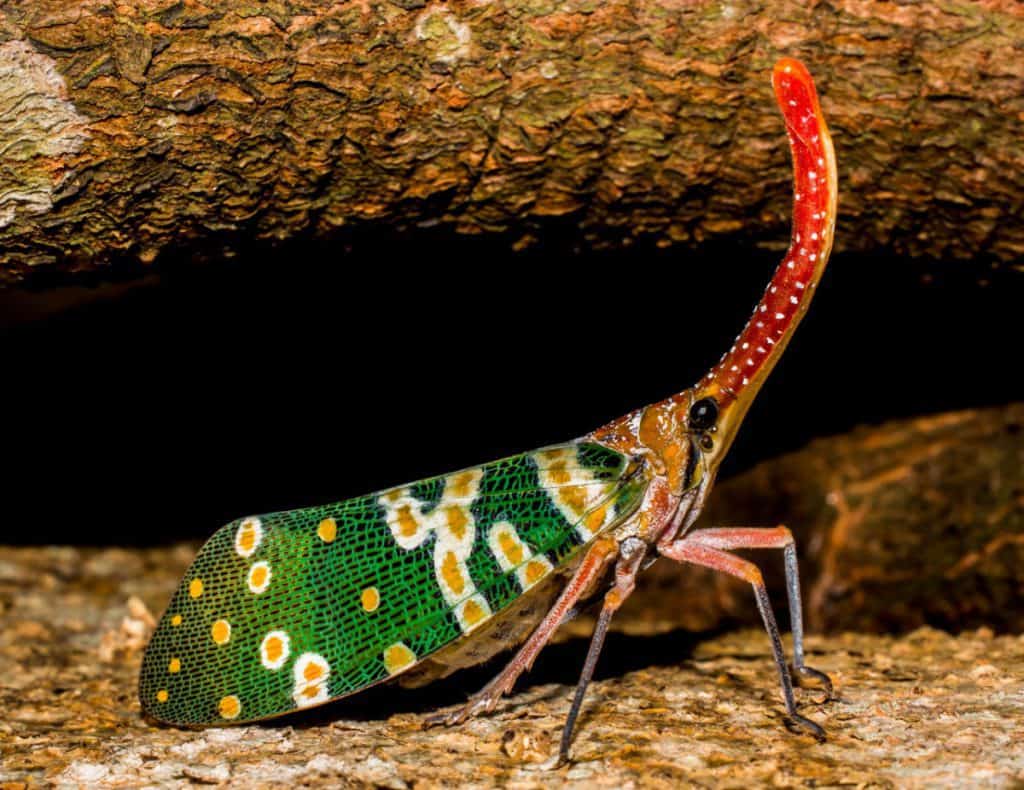
Why do cicadas make more noise when it’s hot?
The good news is that cicadas are not considered pests. Aside from making a tremendous noise, they don’t feed on crops. Sometimes, they drink some tree sap but that’s about it. All cicadas seem to want to do is to reproduce and pass away. This is the reason for the noise, as females are being attracted by very loud sounds coming from the male population of cicadas.
Cicadas are very interesting! They have a cool way of hearing and making sounds. Read How Do Insects Hear? to learn more!
The Benefits Of Bees
What does it mean when bees swarm?
When people hear the word “swarm,” often, the insects that top the list are bees. Bees are by nature, colonial. When they feel a threat, they begin attacking in huge numbers. On this list, bees are also the species with the most benefits. They produce honey and pollinate flowers. Human beings rely on bees greatly.
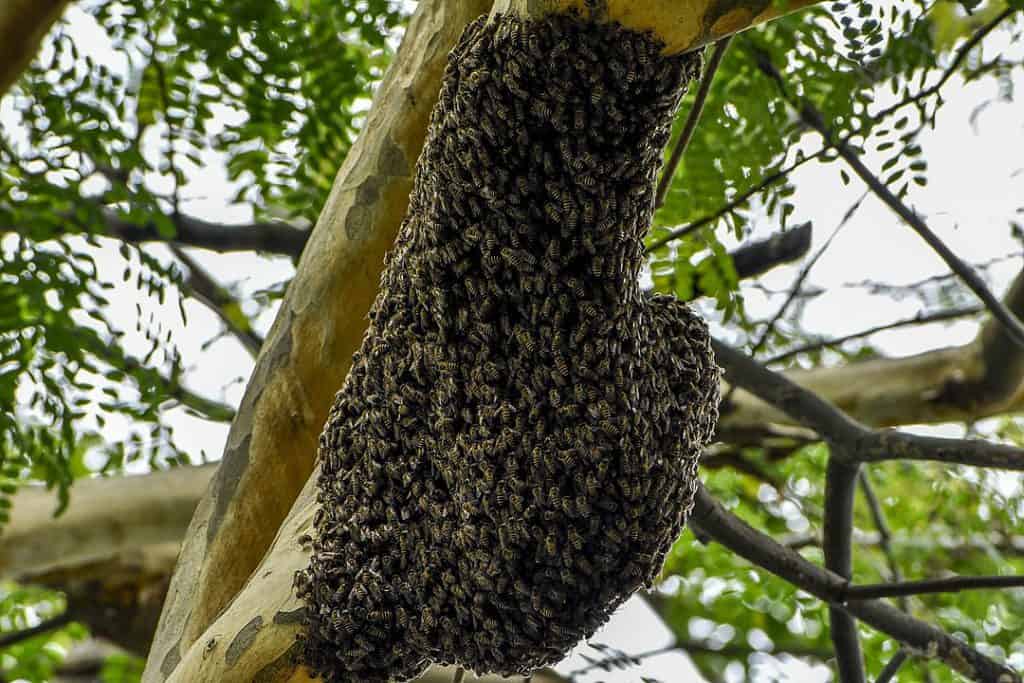
Are bee swarms dangerous?
Nonetheless. there can also be danger associated with bees. This is particularly true for people allergic to their sting. Urban beekeepers in New York City raise bees by the millions. Amateur beekeepers inevitably and perhaps unknowingly allow their escape. The bees that have gone free cause problems in multitudes. In fact, some bees have swarmed into SUVs, stop signs and other city objects.
What is the largest insect swarm?
Have you ever wondered, what is the largest insect swarm? gnats, termites, ants, and honey bees swarm but none of these insects that swarm come close to holding the biggest swarm’s world record. None are even close. The world’s biggest swarm are locusts, These are grasshoppers that are short-horned and go through gregariousness phases.
In other words, when there is a scarcity of food due to locusts being overcrowded, they move to find food in a massive swarm with very little elbow room. Imagine a sky with a swarm so thick you can’t see the sky. Imagine the ground filled with grasshoppers you can’t walk without stepping on a few? As a massive army, locust can march mile after mile, consuming every blade of grass and last leaf on its path.
Are insect swarms getting bigger due to climate change?
Because of climate change, swarms of insects are getting hungrier and more hyperactive rather than bigger. Global warming affects the growth of insects’ populations and their rates of metabolism. Thus, in areas where there are the most extreme global warming, the biggest crop loss is expected. Thus, the growth of more hyperactive, hungrier insects may wipe out the three most important crop grains of the planet.
These are rice, corn, and wheat. Extreme weather, rising levels of the ocean and hotter temperatures are some signs of a changing climate. Some even believe that moth swarms may indicate what the earth is becoming. Massive scales of moth preserved in a Quebec lake’s mud are utilized for tracking insect outbreaks over the past ten thousand years. Some even believe that more swarms are indicative of a changing climate.
Which insects fly in swarms?
There are many sizes and shapes of insects that swarm. Some are beneficial to our eco-systems such as honeybees, while others are pests, such as locusts.

Mosquitos spread disease while mayflies, termites, ants, lovebugs, dance flies, midges and thrips also exhibit swarming behavior. Migrating butterflies also fly in a swarm. Usually, a swarm is for either mating or for migrating. In lovebugs, mayflies, and ants, the male mating swarms move to sites of female feeding or emergence together.
Why do insects swarm?
Swarms are only due to either migration or reproduction. Small aggregations of active animals are all called a swarm. This word applies to mass worker flights from a fissioning beehive that include the queen. It also refers to the dispersing of termites that reproduce. Insects that swarm by pair formations are involved in reproductive activity. Most swarms are composed of insects in evenly spaced while others are male insects flying through an area of available females.
There are only two reasons that insects swarm.
- The reason that insects swarm is because they are mating or because they are migrating. Swarming behavior is a natural phenomenon among insects occurring seasonally when social insects in mass numbers decide to migrate or to mate. They all take flight together for the purpose of mating.
- Within a swarm, insects individually do their own thing seemingly without central control. At the same time, there is high coordination in the way the entire colony behaves as a whole. At the level of the colony, cooperation is primarily self-organized.
The coordination of the group that emerges is frequently a result of the way individual insects interact within the colony. The interaction between insects can be quite simple such as one ant simply following another ant’s trail.
Swarm behavior
At the same time, such behaviors cumulatively solve highly complex challenges such as finding the route in a network that happens to be the shortest route towards a source of food. Biting midges, also known as the Culicoides genus have sometimes behaved in a swarm causing confusion to predators.
What is the definition of a swarm?
Collective behavior that entities exhibit is called swarming, or swarm behavior. Animals and particular insects similarly sized start aggregating together and mill around in one spot. Sometimes they move towards one direction en masse. It is a topic that is highly interdisciplinary.
What is considered a swarm?
In particular, swarming applies to insects. However, keep in mind that this term applies to any animal or entity exhibiting the behavior of a swarm. The term murmuration or flocking specifically refers to birds’ swarm behavior. In tetrapods, herding refers to swarming. In fish, the swarm behavior is called schooling or shoaling.
The term used to indicate huge swarms of phytoplankton is called blooms. Of course, phytoplanktons are not self-propelled the way other animals are, as these are algae. However, a swarm is also applied to entities that are inanimate exhibiting parallel behavior such as a swarm of stars, an earthquake swarm or a robot swarm.
What insect comes in a swarm?
Insect migration is the seasonal insect-movement particularly moths, butterflies, beetles, and dragonflies. Depending on the species, the distance varies. Many times, the movement of the insects involves large numbers. Some migrate towards one direction and may not come back. The generation that comes next may migrate in the opposite direction. The migration of birds is significantly different from the migration of birds.
The seasonal movement of insects is also known as insect migration. In particular, migration by species of moths, butterflies, beetles, and dragonflies. The swarm of insects can cover distances depending on their species. Many times, the movement of a swarm involves large individual numbers. At times, an individual that migrates into one direction might not return and then, the generation after them goes another.
Lengthy annual migration behavior is displayed in particular by monarch butterflies. In the USA, they make massive migrations southwards beginning just before autumn and until the first snowfall. In the spring is when the migration northward takes place. Monarchs are the only butterfly to migrate both south and north just as birds regularly do.
Are locust swarms the largest?
Yes. To answer the question of what is the largest insect swarm, the answer is, without a doubt, locusts. Of all the swarms of insects, Schistocerca gregaria, the Desert Locust, forms the largest swarm of all insects. In Kenya, The density of the Desert locust during that swarm was about fifty million individual locusts per square kilometer.
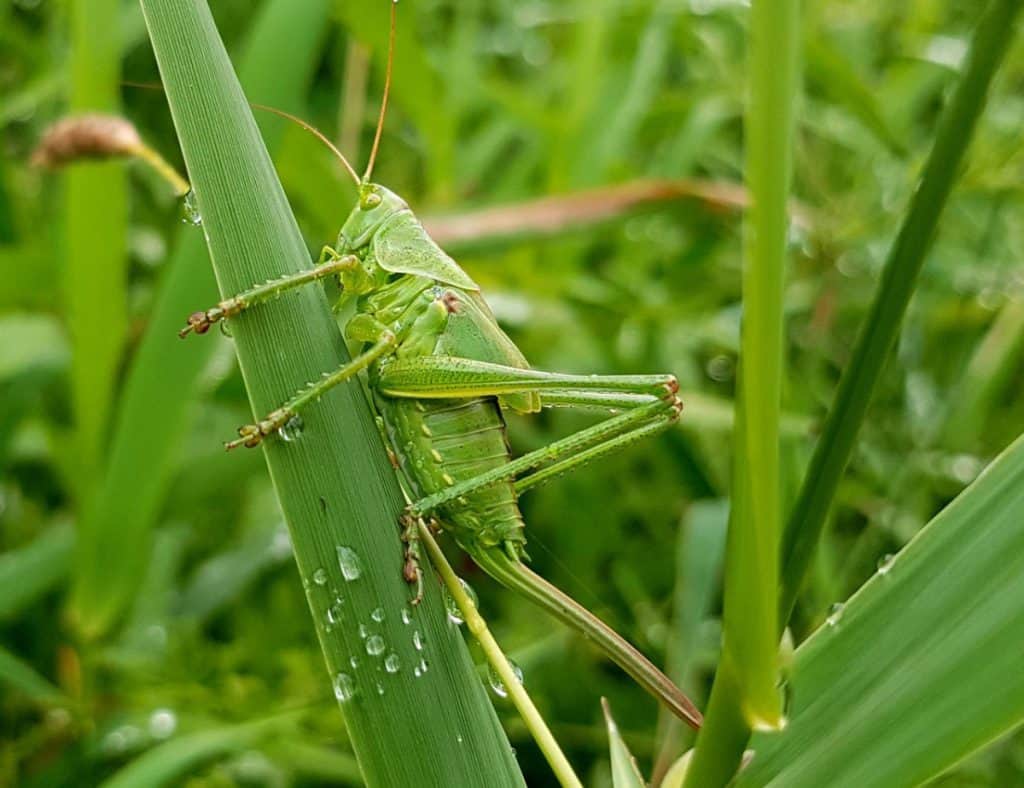
The swarm was thus composed of about ten billion individual insects! Even if some discerning human beings would prefer the productive, eco-friendly honeybee to be the largest swarm in the world, the number of locusts in one swarm simply overtake swarms of honeybees every time!
If you enjoyed reading this article, why not check out our articles on How Much Does Owning a Tarantula Cost? and Why Do Cockroaches Smell?
Recent Posts
Tiny Black Bugs in Bathroom NO WINGS: What They Are and What to Do!
Finding tiny black bugs in your bathroom can be uncomfortable, to say the least. Especially if they are persistent, or they appear in very large numbers, which they often like to do. When it...
Tiny Black Bugs in Plant Soil - What Are They & What To Do About It
A short horror story: You get a new houseplant. You do your best to take care of it. You’ve ensured that it has the right soil, the right amount of sun, it gets enough water. And then one day, you...

